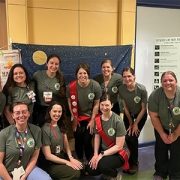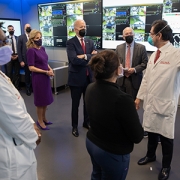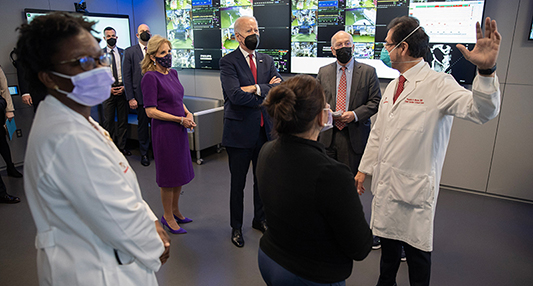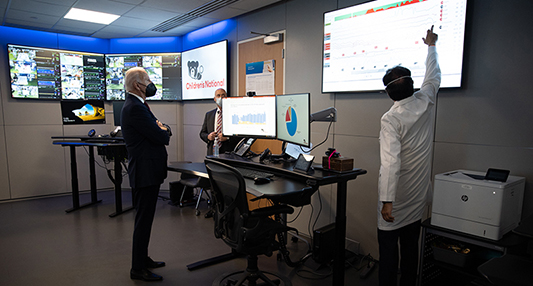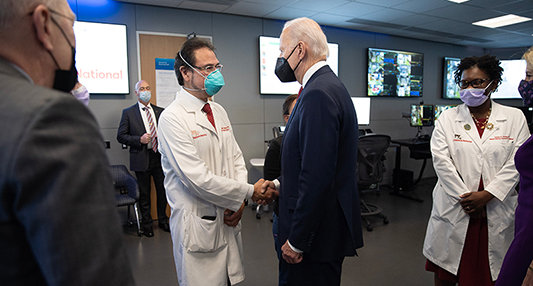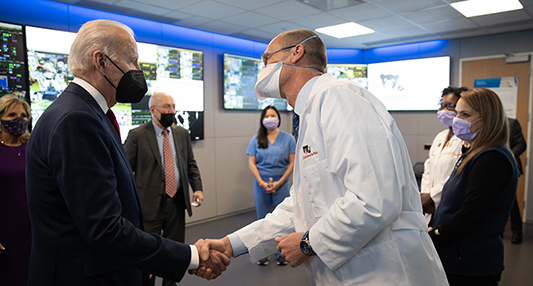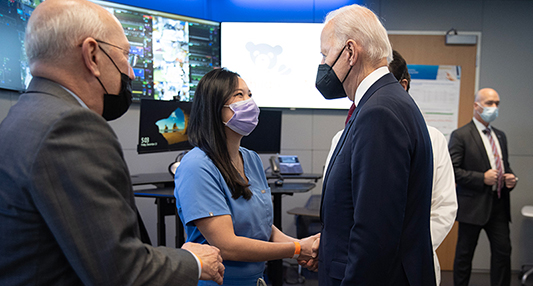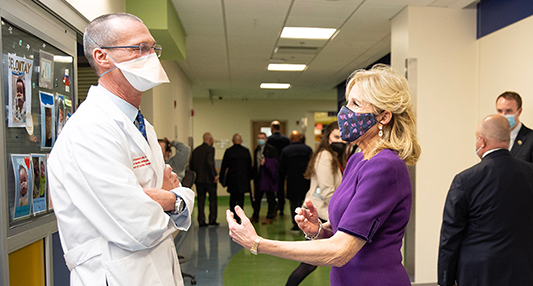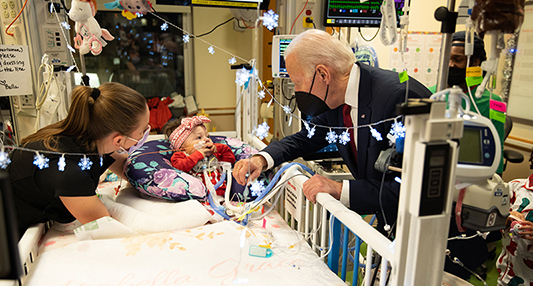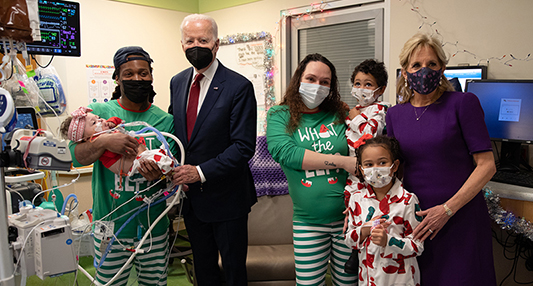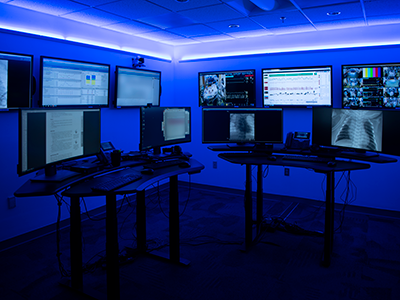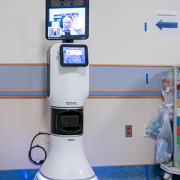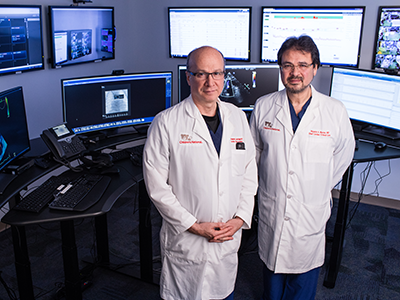Children’s National co-leads efforts to increase skin-to-skin care for babies with congenital heart disease

The Children’s National Heart Center team led activities designed to encourage skin-to-skin contact between parents and infants in the Cardiac Intensive Care Unit and Heart and Kidney Unit.
Clinicians at Children’s National Hospital and Children’s Hospital Orange County are leading a nationwide event to encourage families to practice more skin-to-skin, or kangaroo, care with newborn infants who have congenital heart disease, including throughout hospitalization.
Thirty-one hospitals across the United States will participate in this congenital heart disease focused “Skin-to-skin-a-thon,” that will include family and clinical care provider activities and education throughout pediatric cardiac intensive care units and step-down units.
The event will celebrate the tremendous benefits that research shows both families and infants gain from physical contact early in life.
Early skin-to-skin care has been shown to:
- Reduce stress in both baby and the parent
- Help with baby’s physiologic stability including regulating vital signs like temperature, heart rate, and blood pressure
- Provide infant pain relief
- Improve infant digestion and weight gain
- Support good sleep/wake cycles in babies.
- Increase oxytocin for mothers, which can help improve milk production/support breastfeeding
Most studies showing these benefits have included pre-term babies or those born after a healthy term. The idea of encouraging family skin-to-skin care in the hospital setting has been widely adopted in neonatal intensive care units but is not done routinely in cardiac intensive care units. One study estimated that only 6% of parents whose babies were hospitalized for congenital heart disease reported any skin-to-skin care during their stay, with most stays averaging 22 days.
“Research shows so many benefits for all infants and their parents — and our congenital heart newborns stand to gain even more from this type of contact, but often receive it far less,” says Sarah Schlatterer, MD, PhD, medical director of Neurocardiac Critical Care at Children’s National. “This awareness effort is designed to help families understand how to do this safely and also empower our bedside care providers to encourage skin-to-skin care as much as they can every day.”
The event overall is inspired and supported by the Cardiac Newborn Neurodevelopmental Network SIG of the Cardiac Neurodevelopmental Outcomes Collaborative, who planted the seed of the idea and assisted with dissemination of information and coordinating between participating hospitals.


